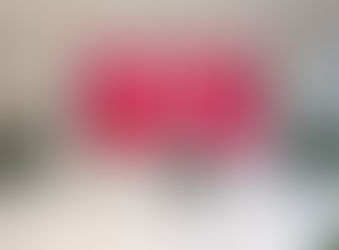Our research article titled “All-perfluoropolymer, nonlinear stability-assisted monolithic surface c
- renkangning
- 2023年3月2日
- 讀畢需時 3 分鐘

Link to the article (open access):
https://www.sciencedirect.com/science/article/pii/S2666675823000176
Comparison between MPS and existing strategies. (A) illustration of two major streams of existing strategies (lower schematics, i.e., synthetic coatings and micromachined/3D printed surface) and MPS strategy (upper schematic) for preparing biomimetic surfaces. (B) a radar map showing the qualitative indexes of the characters of MPS and existing biomimetic coatings. The potential applications, e.g., anti-icing and drag reduction, require multipronged merits of biomimetic coatings (light green area).
The research on biomimetic surfaces has been the source of various new physics and materials sciences. Such surfaces commonly feature elaborate topographies to realize specific superwettabilities and functions such as gravity-independent fluid transport, drag-reduction, rapid liquid shielding, anti-icing, anti-frosting, anti-bacteria, and heat transfer improvement.
Recent years have seen extensive efforts in translating these bioinspired surfaces into real-world applications, which can be categorized into two strategies. One is to develop novel coating technology to enhance the material strength and chemical inertness of synthetic coatings, e.g., by introducing rigid nanomaterials and using perfluorinated chemistry. Yet, such coatings are made of disordered particles without topographic controllability. The other is to micromachine specific “armor” structures to store and protect weak nanomaterials on the surface. But this strategy strictly requires specific and highly rigid structures, further limiting the geometric freedom of surface structures. Despite notable progress, it remains an unresolved question to develop versatile and scalable surfaces that simultaneously enable topography-specific functionality and long-term real-world robustness, owing to the inherent tradeoff between them and the lack of a feasible and scalable manufacturing method.
Our team has been making continued efforts to controllably create microstructured functional materials. For example, we were the first to report affordable microfabrication of solid perfluorinated material for microfluidic applications (PNAS, 2011) and the crack engineering process for mass-producing 3D biomimetic microstructures (PNAS, 2019). Recently, we realized that all-perfluoropolymer “soft” functional microstructures might have mechanical robustness far beyond normal expectations. This finding has changed our understanding on the structural robustness of monolithic “soft” materials, and suggests us to utilize nonlinear stability of these soft yet tough structures to improve the robustness of biomimetic surfaces.
In this work, we describe this new approach based on nonlinear stability-assisted, monolithic perfluoropolymer surface (MPS). MPS uses a piece of perfluoropolymer to make the entire coating. All the surface 3D structures are part of this inert continuum and are firmly bonded to substrates through thermal fusion. Such a design primarily enables the surface to have outstanding chemical resistance, substrate adhesion, and eco-friendliness. Moreover, together with Prof. Pugno we have established a full set of nonlinear stability principles for the topography-specific surfaces, contributing one further element in the field of nonlinear material dynamics in addition to Prof.Pugno’s previous reports in Nature Materials and Nature. To shorten the gap between lab design and industrial manufacturing, we developed a novel high-temperature 3D soft imprinting method for low-cost and scalable fabrication of biomimetic structures on diverse substrates. As shown in Fig. 1, compared with the existing state-of-art report, we believe our work a first-ever route to simultaneously enable topographic functionality and long-term real-world robustness for biomimetic surfaces.
The versatility of MPS is evidenced by the multiple use modes (coating, membrane, and adhesive tape), long-term air trapping in 9-m deep water, low-fouling bio-analyte droplet transportation, and self-clean of nanoparticle dirt. We recommend viewing Video 1-2 and Figure 3 in the main text for a quick impression. We also thoroughly examined the robustness of MPS. Many aspects, e.g., peeling, abrasion, crushing, and chemical/aging resistance, were comparable to the best records ever reported. We recommend viewing Movie S3-6 and Figure 4 in the main text to have a quick impression. Both the function and robustness are comparable to or surpassed the previous state-of-art reports, which we believe will change the paradigm of the field of biomimetic surfaces.
Link to the article (open access):
https://www.sciencedirect.com/science/article/pii/S2666675823000176

























留言